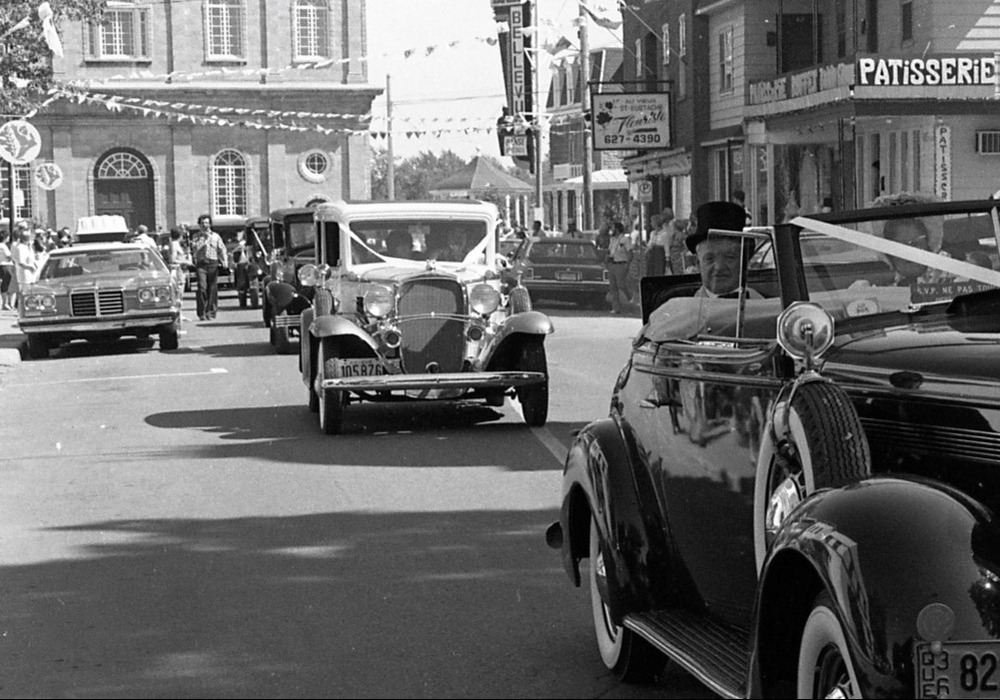Port Moody’s port was very important for the development of the city. Named after Royal Engineer commander, Col Richard C. Moody, Port Moody provided an ice-free defensive harbour for the new capital of the Colony of British Columbia in 1859. It had little use as a port until being named the Western Terminus of the Canadian Pacific Railroad in 1879. A flurry of speculation and development resulted with the arrival of the First Train, November 8, 1885 and the First Scheduled Passenger Train, July 4, 1886.
The building of a branchline on to Vancouver in May of 1887 brought a localized depression. The lumber industry, save the odd scow taking bricks to Vancouver, was the only use of the port from 1887 to 1908; it was mainly for bringing logs and shingle bolts to the mills.
The oil refining industry began in 1908 with BC Union Oil and Imperial Oil joined in 1914 making use of the deep seaport. Crude oil was shipped in until the Trans Mountain Pipeline was built in 1953. Shipping out refined petroleum was important to logging communities along the coast for most of the 20th century.
The bulk loading facility, Pacific Coast Terminals, came to Port Moody in 1958 and developed into the largest export terminal of sulphur in the world.
The port also housed other services, including ferries, which ran until the 1940s and took passengers from Port Moody to Vancouver, stopping at locations along the inlet such as Ioco. Tug boat services were also available, and these were mainly provided by the Baird family, who bought their business in the 1920s and worked for the Flavelle Cedar Mill. Reed Point Marina is another valued service, developed in the mid 1970s and used not only for docking and maintaining boats but also for educational purposes.
Lastly, the port has been known to host military vessels, ranging from the British man-o-wars who would use Port Moody’s north shore hills as targets for cannon practice, to the gunship, “H.M.S Curlew,” and a First World War submarine.


